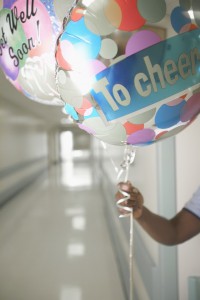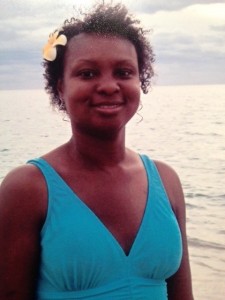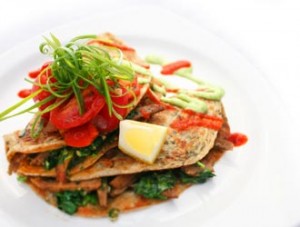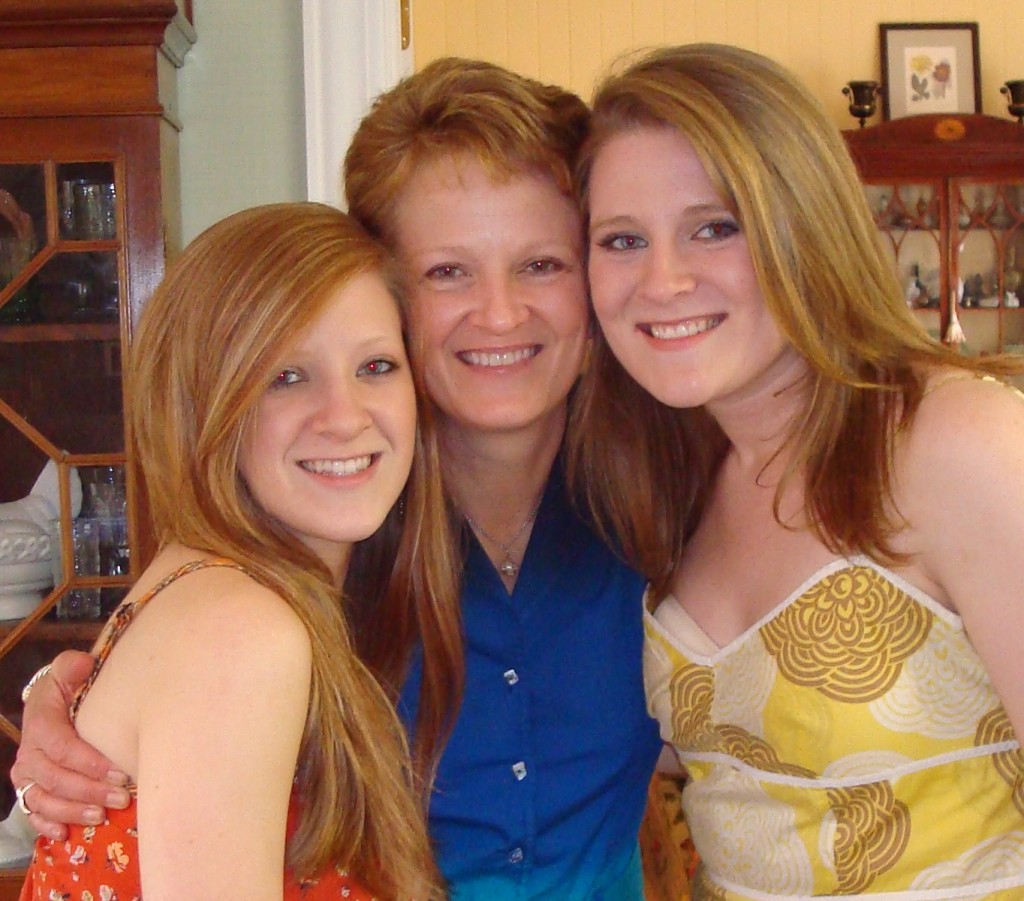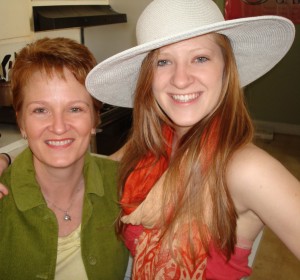 The below questions are answered by Dr. James Craigie of The Center for Natural Breast Reconstruction.
The below questions are answered by Dr. James Craigie of The Center for Natural Breast Reconstruction.
Do you perform a stacked combination DIEP/SGAP using both to make a breast(s)?
We do on occasion. It may be needed when one area of the body does not have enough tissue to achieve the desired result. This is an unusual situation in our practice we can usually achieve our goals with one area of the body.
There is a lot of discussion about a maximum BMI what about a minimum?
BMI is a guide line that helps the surgeon determine who is at a higher risk for complications. It is not a strict guideline and the final decision is left to the surgeons judgment among other things. Safety is our first priority and studies have definitely linked high BMI to an increased rate of complications without a doubt. Unfortunately BMI is not a perfect calculation and different doctors may use the information differently. A low BMI is not linked to complications if someone is otherwise fit for surgery. Someone with very little body fat will have a low BMI and possibly not enough tissue to make a very large breast. This does not mean they cannot have a good result. It may mean they require and combined or stacked flap approach. We have seen many patients who have been told they “don’t have enough tissue” but after consultation can reassure them they can get a very proportional result.
The Center for Natural Breast Reconstruction
Do you have a question about breast implants or natural breast reconstruction? Submit them here for an answer straight for our surgical team!


